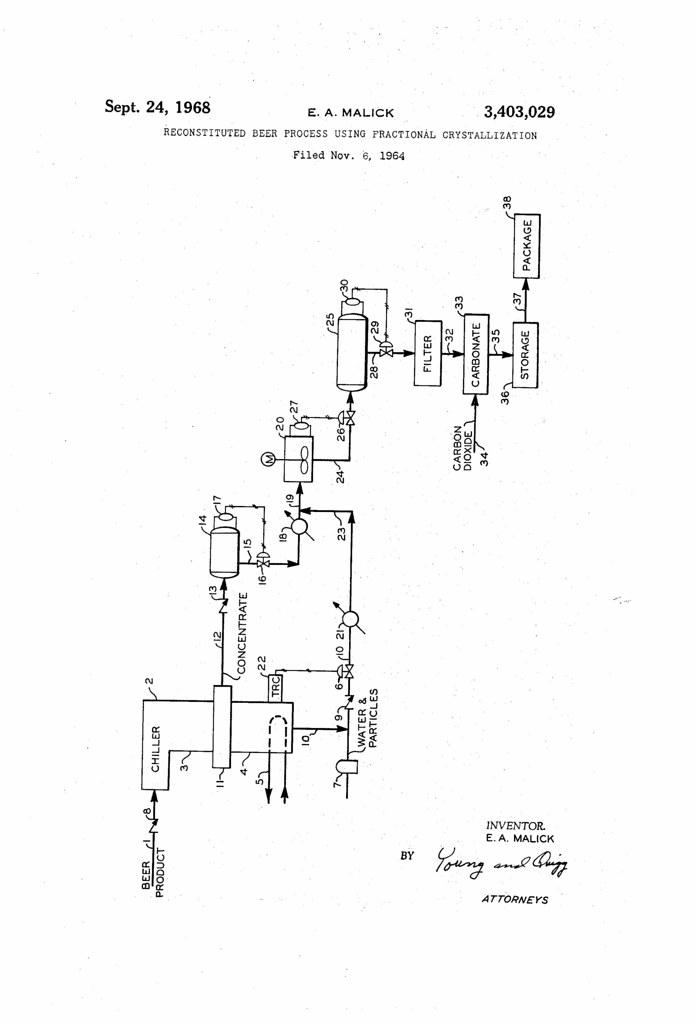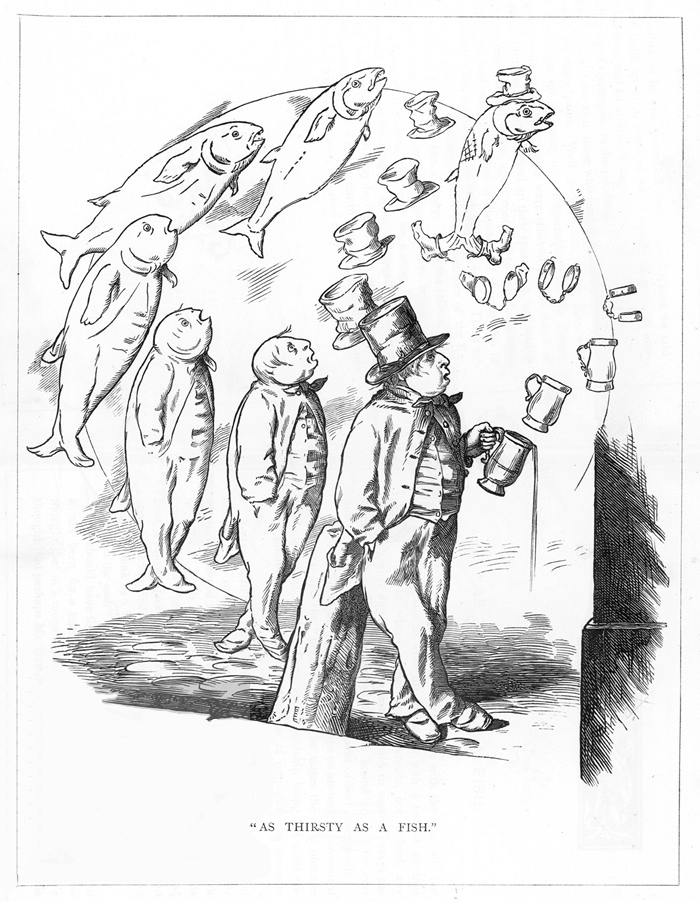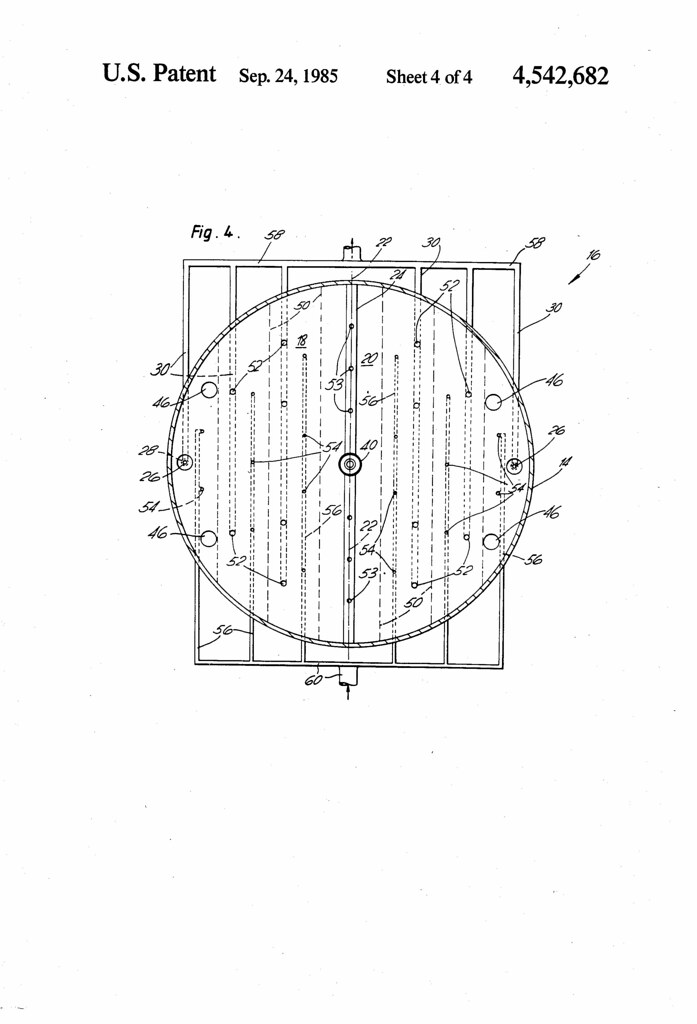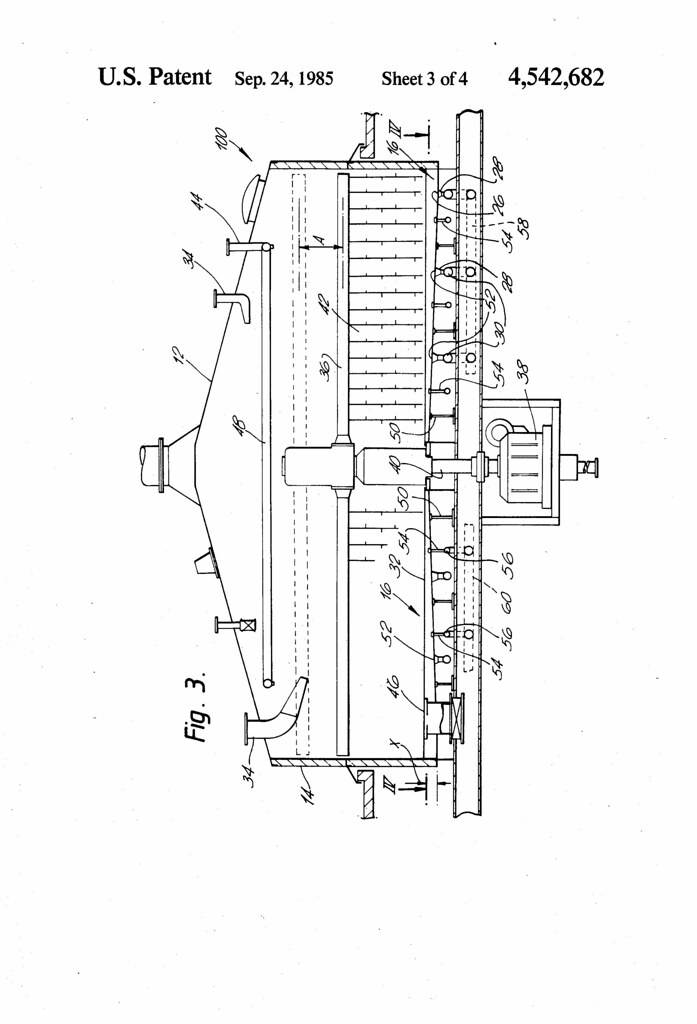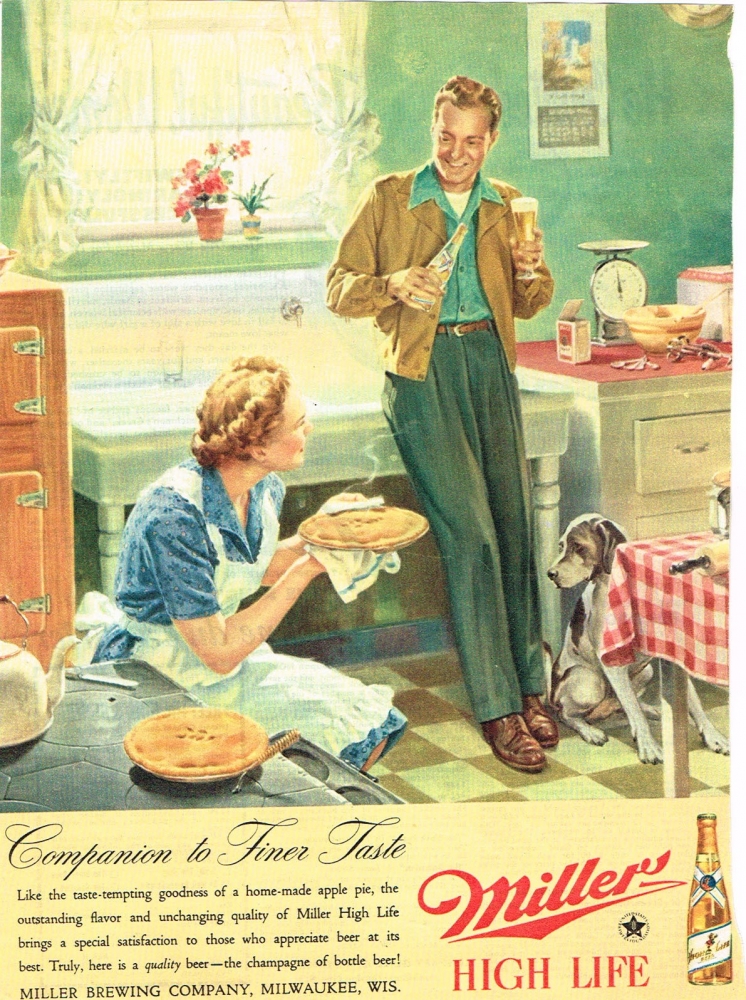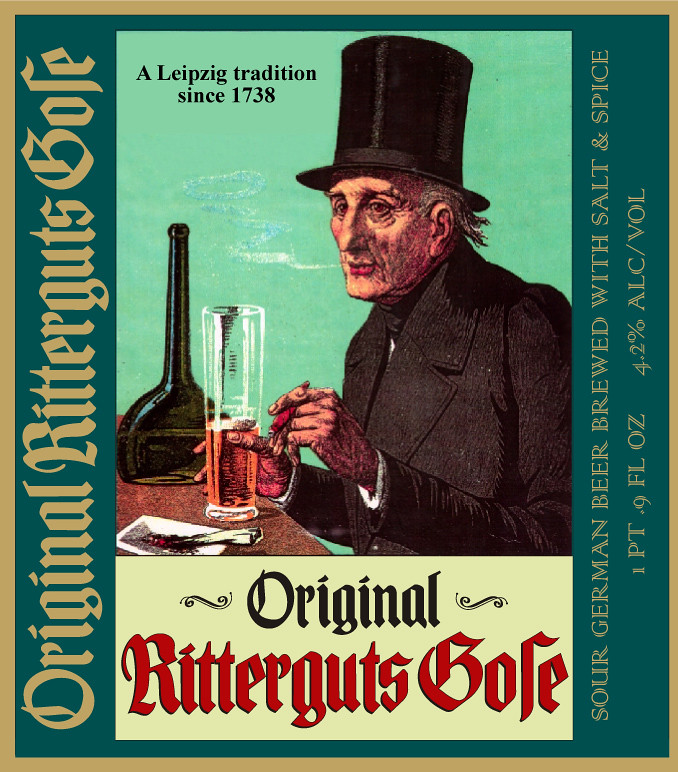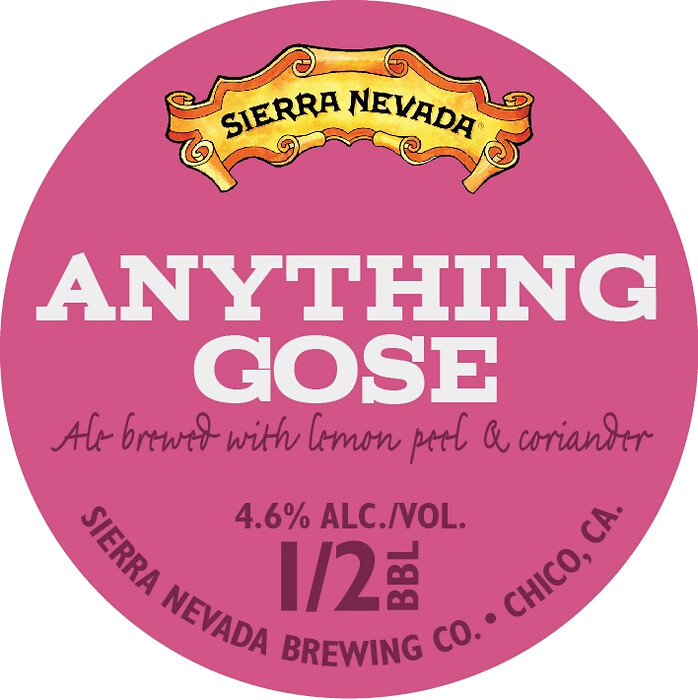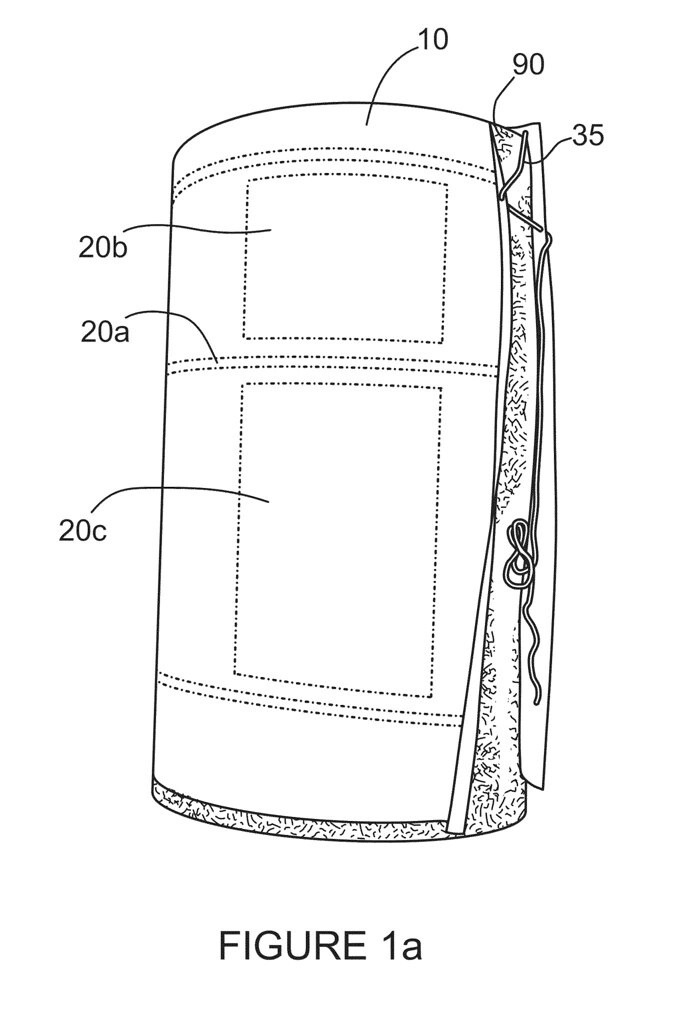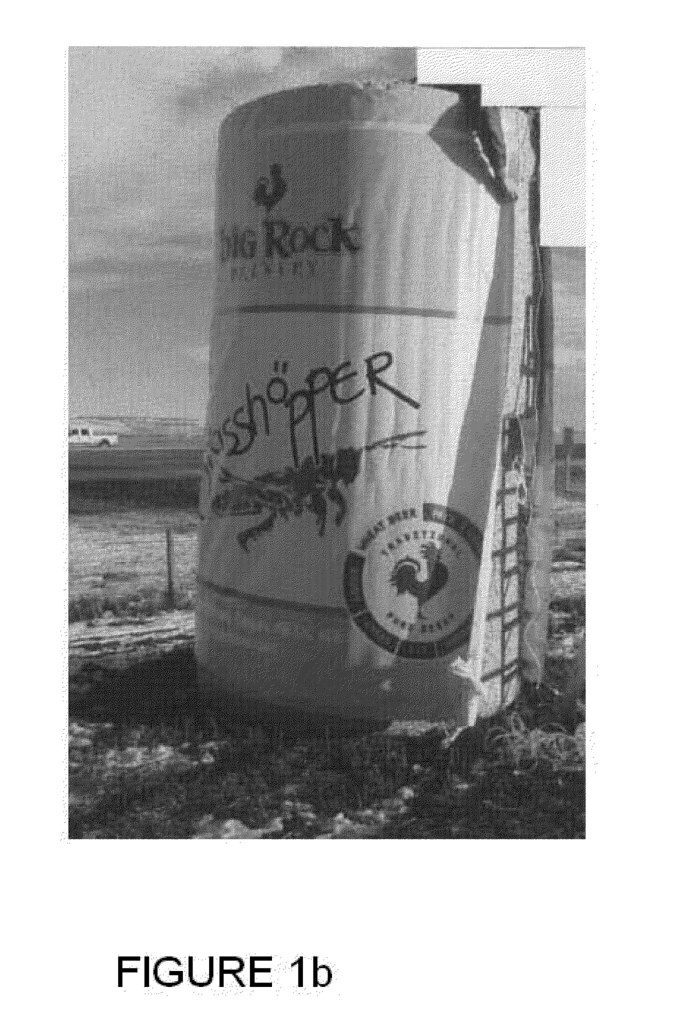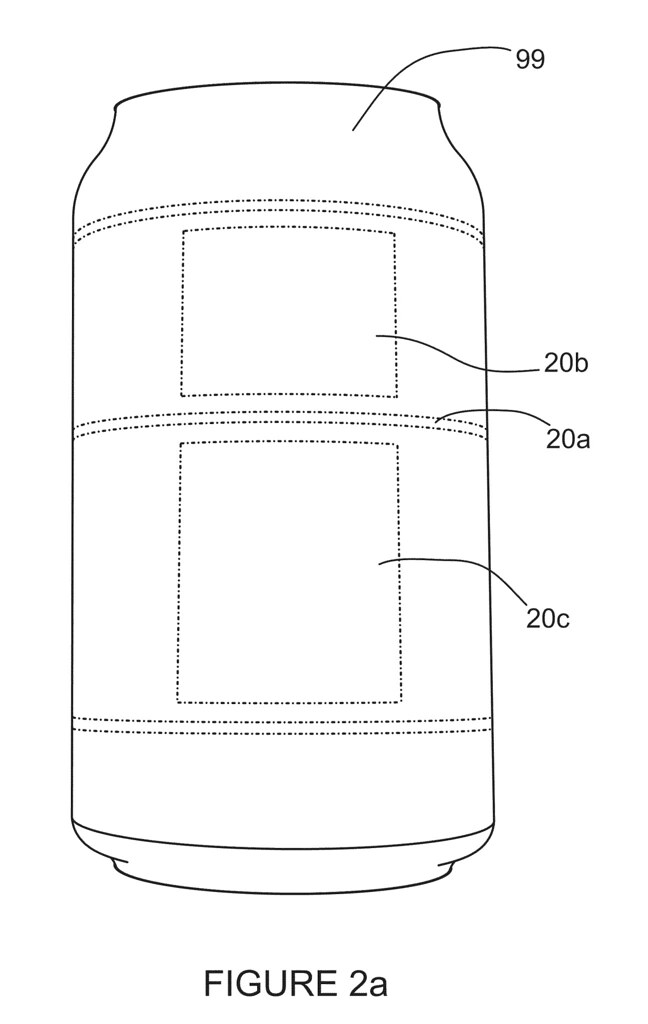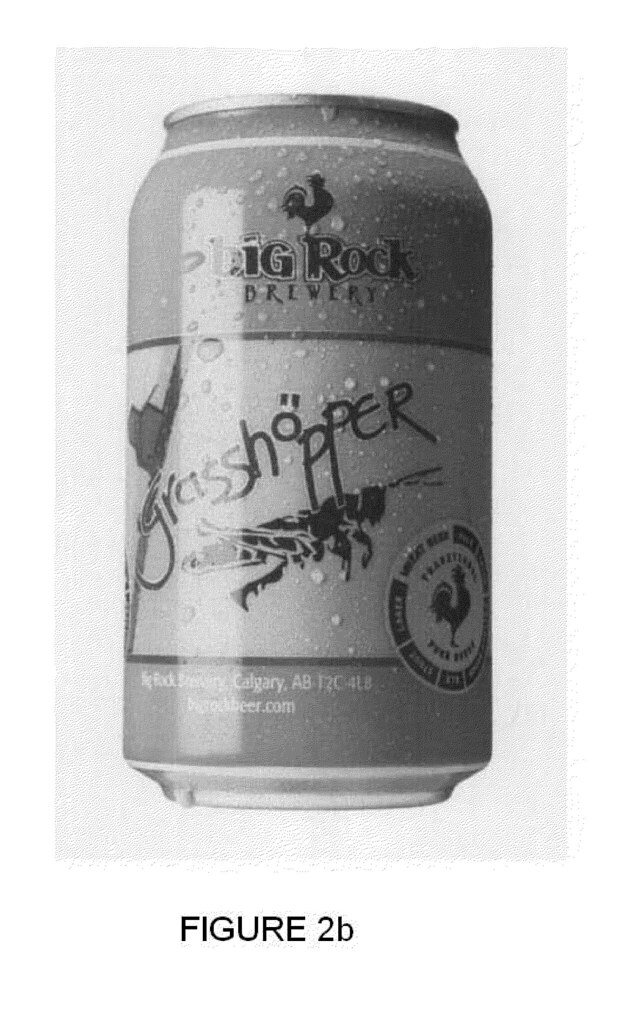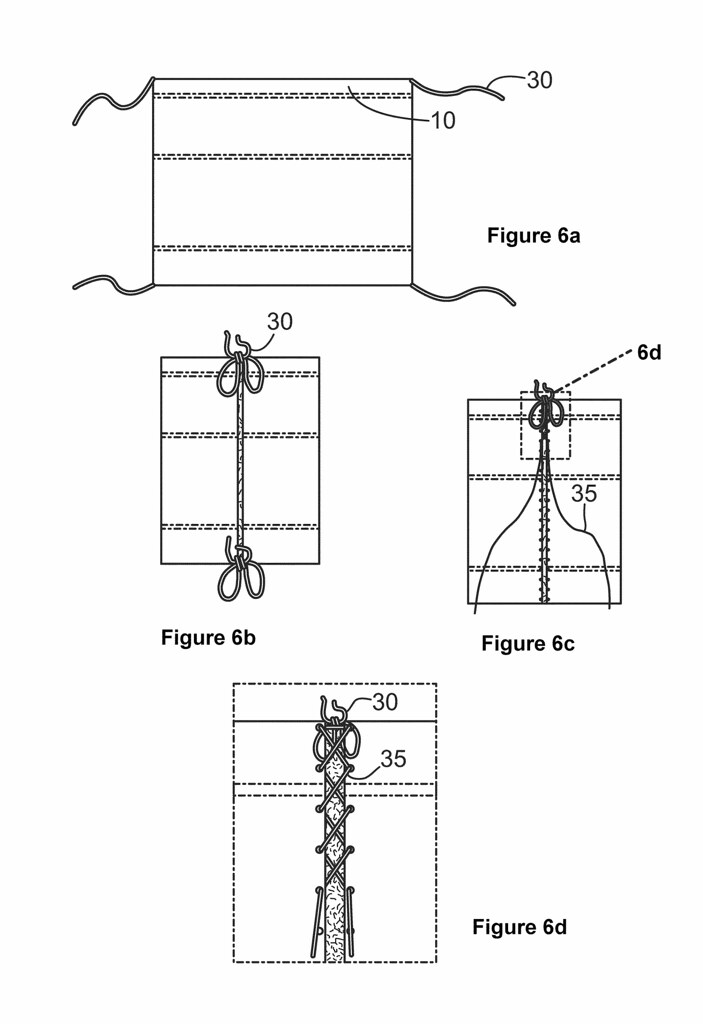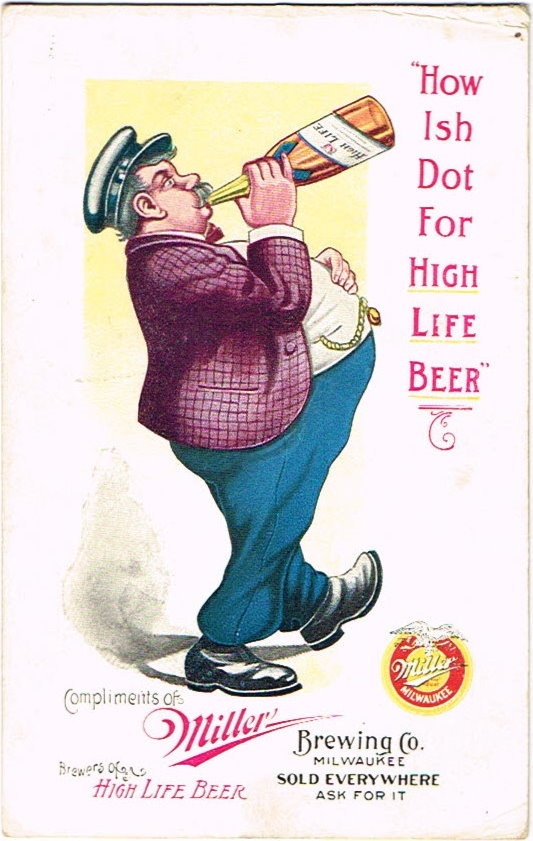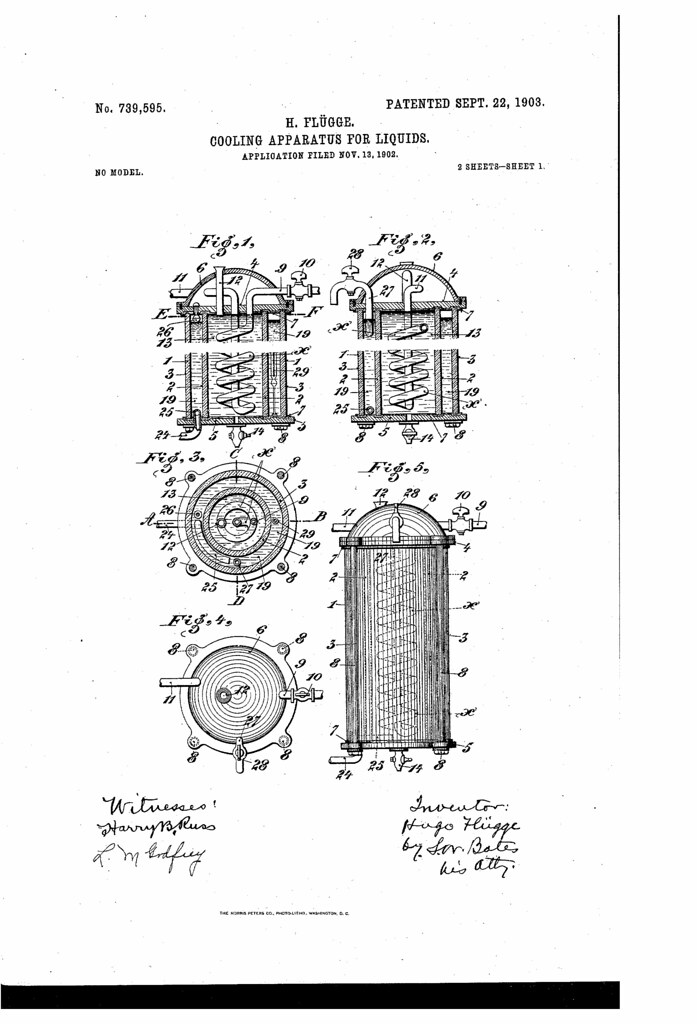
Saturday’s ad is for Miller High Life, from 1956. In this ad, a couple is grocery shopping — I just love their shopping outfits — as he’s putting a six-pack of Miller High Life in their cart. She’s holding up a half grapefruit? Or what is that? It looks like it has a yellow rind but a large green center. Is that the pairing alluded to by “Terrific Twosome.” Or is it simply the couple themselves?




